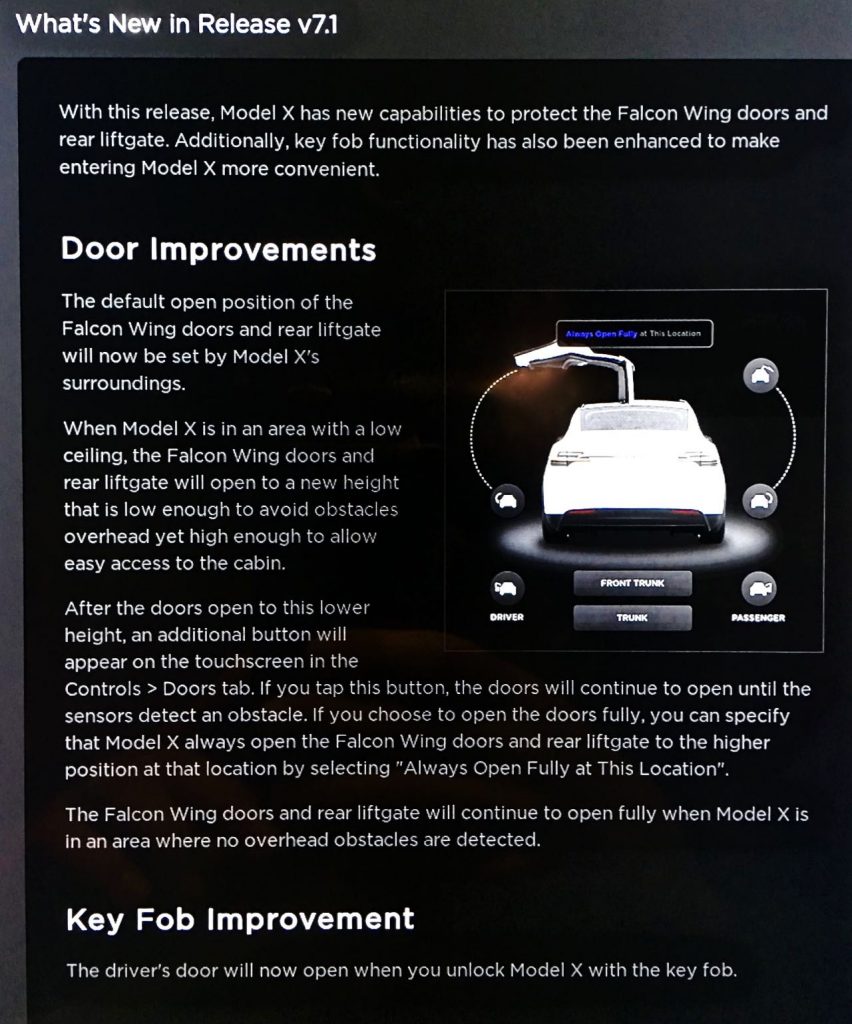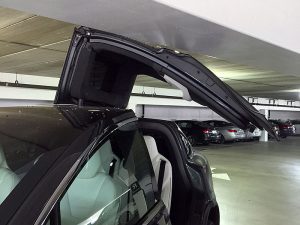Firmware
Tesla improves Model X falcon wing doors with better obstacle detection
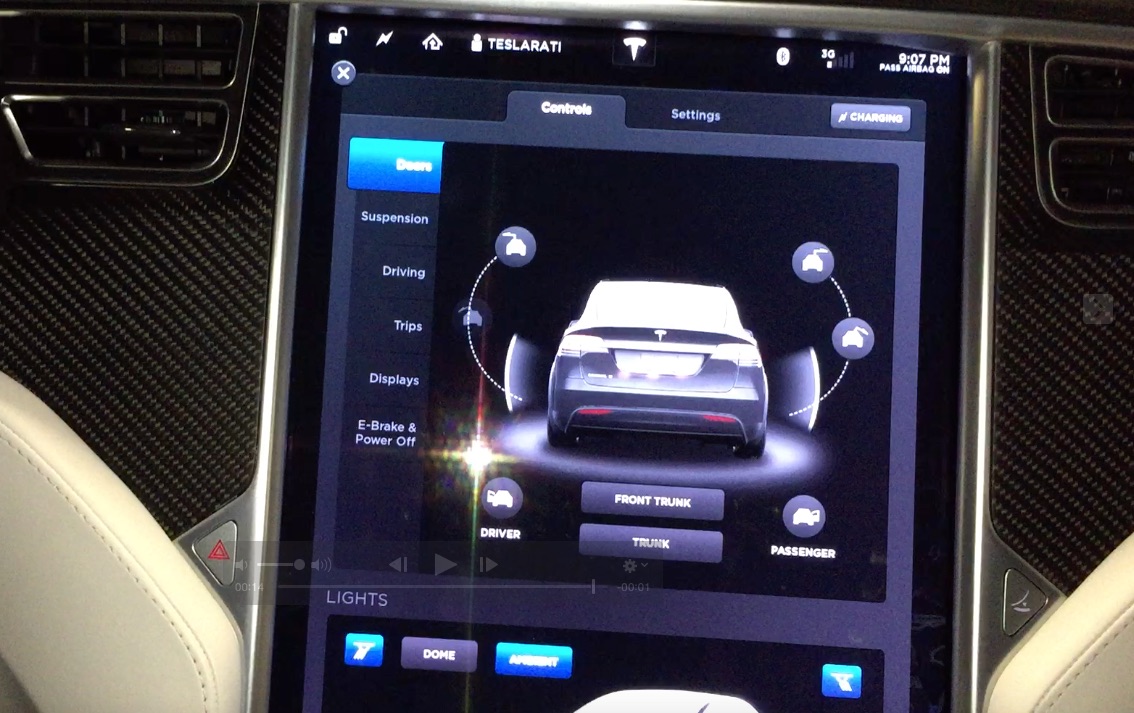
Tesla began pushing out a new over-the-air software update giving the vehicle’s falcon wing doors and rear liftgate better obstacle detection. The update v7.1 (2.24.78) represents the second major update the company has released that’s intended to improve the operation of the complex and sensor-laden Model X falcon wing doors.
During last month’s Tesla shareholder meeting, CEO Elon Musk announced two upcoming over the air software updates intended to solve remaining issues with the falcon wing doors. “The software that controls the Model X and the operation of the doors has been incredibly difficult to refine,” Musk admitted at the time. “I think we’re almost there in making the doors useful.”
“Digging ourselves out of the hole has been quite, quite hard,” he admitted. “I think with the software release that’s going out shortly and then the other one that’s going out in a month or so, I think finally we’ll be at a point where the doors will be better than normal doors as opposed to worse.”
That first update made controlling the falcon wing doors from the touchscreen more intuitive. What used to take several steps to close now takes only a single press of a key fob. With the latest v7.1 (2.24.78) update, Model X will limit how high the doors and rear liftgate will open when it detects low overhead clearance. Building on previous features that allows the vehicle to save ride height settings by location, the new software update will allow Model X to save door height settings by location.
Among other improvements bundled within the v7.1 update is the ability to open the driver’s front door through the key fob. Currently, the unique self-presenting front doors can be closed either by proximity detection to the key fob (when walking away) and via a press of a button (see video). However opening the doors requires either a manual press of a recessed door button or being within a finite distance of the vehicle.
Musk has always said that the Tesla Model X falcon wing doors was motivated by the problems he faced on his Audi Q7. Musk found getting into and out of the Audi’s third row seats to be almost impossible. “The Audi Q7 is particularly horrendous,” he told Forbes during an interview in 2012. “Even in the best case scenario, you need to be a dwarf mountain climber to get into the back seat.” He told his designers he wanted doors on the Model X that would allow people unrestricted access to the third row seats.
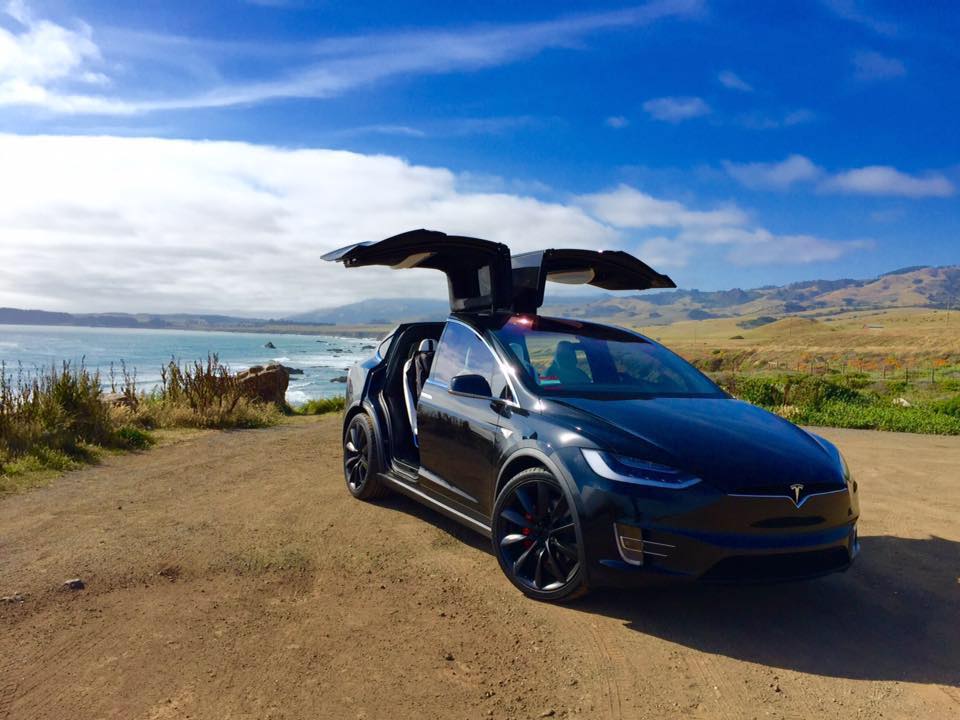
Ludicrous Tesla Model X at the San Simeon, CA coast
On one hand, the falcon wing doors are a stunning innovation. Not only do they accomplish the goal Musk set, they have come to define the Model X. People are mesmerized by how they articulate in several ways at once. They have come to symbolize the whole Tesla experience — a bold step into the future that recognizes no boundaries.
On the other hand, those doors have caused Tesla enormous headaches. The complex engineering task delayed the debut of the Model X long past its original due date. Since production began, customers have complained about doors that don’t open or close properly. On occasion, the sensors built into the doors have failed to detect objects overhead, leading to damage from encounters with roof beams and other obstacles.
TMC member FoxXxy posted this photo on April 15 and said, “Guess the honeymoon on my Model X is over!”
Is this the final step in falcon wing door development? Probably not. Tesla is always considering feedback from owners and working to improve the performance of its vehicles. It is still the only company that uses over the air software updates on a regular basis — something other manufacturers are just starting to consider.

Firmware
Tesla mobile app shows signs of upcoming FSD subscriptions
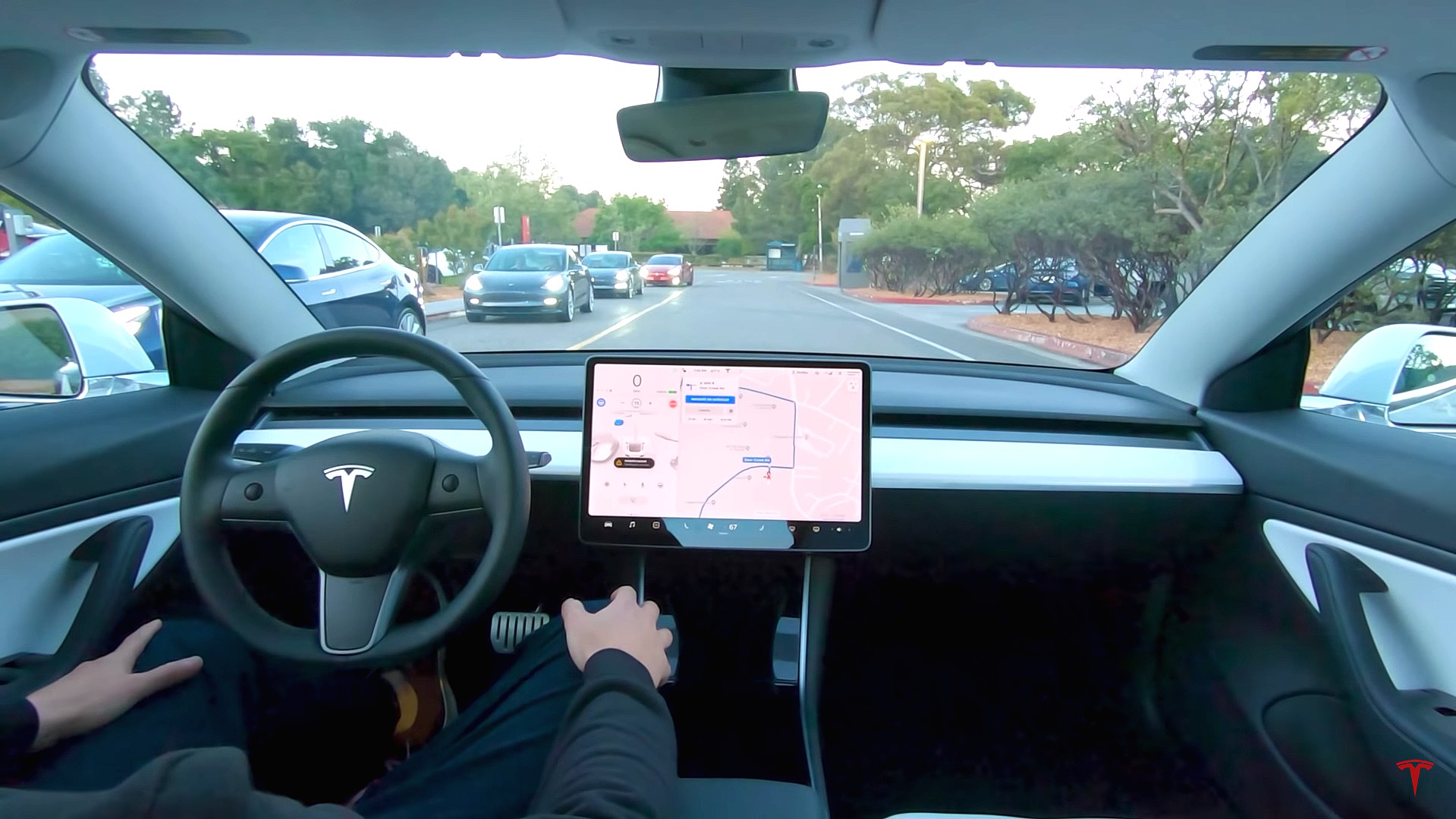
It appears that Tesla may be preparing to roll out some subscription-based services soon. Based on the observations of a Wales-based Model 3 owner who performed some reverse-engineering on the Tesla mobile app, it seems that the electric car maker has added a new “Subscribe” option beside the “Buy” option within the “Upgrades” tab, at least behind the scenes.
A screenshot of the new option was posted in the r/TeslaMotors subreddit, and while the Tesla owner in question, u/Callump01, admitted that the screenshot looks like something that could be easily fabricated, he did submit proof of his reverse-engineering to the community’s moderators. The moderators of the r/TeslaMotors subreddit confirmed the legitimacy of the Model 3 owner’s work, further suggesting that subscription options may indeed be coming to Tesla owners soon.
Did some reverse engineering on the app and Tesla looks to be preparing for subscriptions? from r/teslamotors
Tesla’s Full Self-Driving suite has been heavily speculated to be offered as a subscription option, similar to the company’s Premium Connectivity feature. And back in April, noted Tesla hacker @greentheonly stated that the company’s vehicles already had the source codes for a pay-as-you-go subscription model. The Tesla hacker suggested then that Tesla would likely release such a feature by the end of the year — something that Elon Musk also suggested in the first-quarter earnings call. “I think we will offer Full Self-Driving as a subscription service, but it will be probably towards the end of this year,” Musk stated.
While the signs for an upcoming FSD subscription option seem to be getting more and more prominent as the year approaches its final quarter, the details for such a feature are still quite slim. Pricing for FSD subscriptions, for example, have not been teased by Elon Musk yet, though he has stated on Twitter that purchasing the suite upfront would be more worth it in the long term. References to the feature in the vehicles’ source code, and now in the Tesla mobile app, also listed no references to pricing.
The idea of FSD subscriptions could prove quite popular among electric car owners, especially since it would allow budget-conscious customers to make the most out of the company’s driver-assist and self-driving systems without committing to the features’ full price. The current price of the Full Self-Driving suite is no joke, after all, being listed at $8,000 on top of a vehicle’s cost. By offering subscriptions to features like Navigate on Autopilot with automatic lane changes, owners could gain access to advanced functions only as they are needed.
Elon Musk, for his part, has explained that ultimately, he still believes that purchasing the Full Self-Driving suite outright provides the most value to customers, as it is an investment that would pay off in the future. “I should say, it will still make sense to buy FSD as an option as in our view, buying FSD is an investment in the future. And we are confident that it is an investment that will pay off to the consumer – to the benefit of the consumer.” Musk said.
Firmware
Tesla rolls out speed limit sign recognition and green traffic light alert in new update
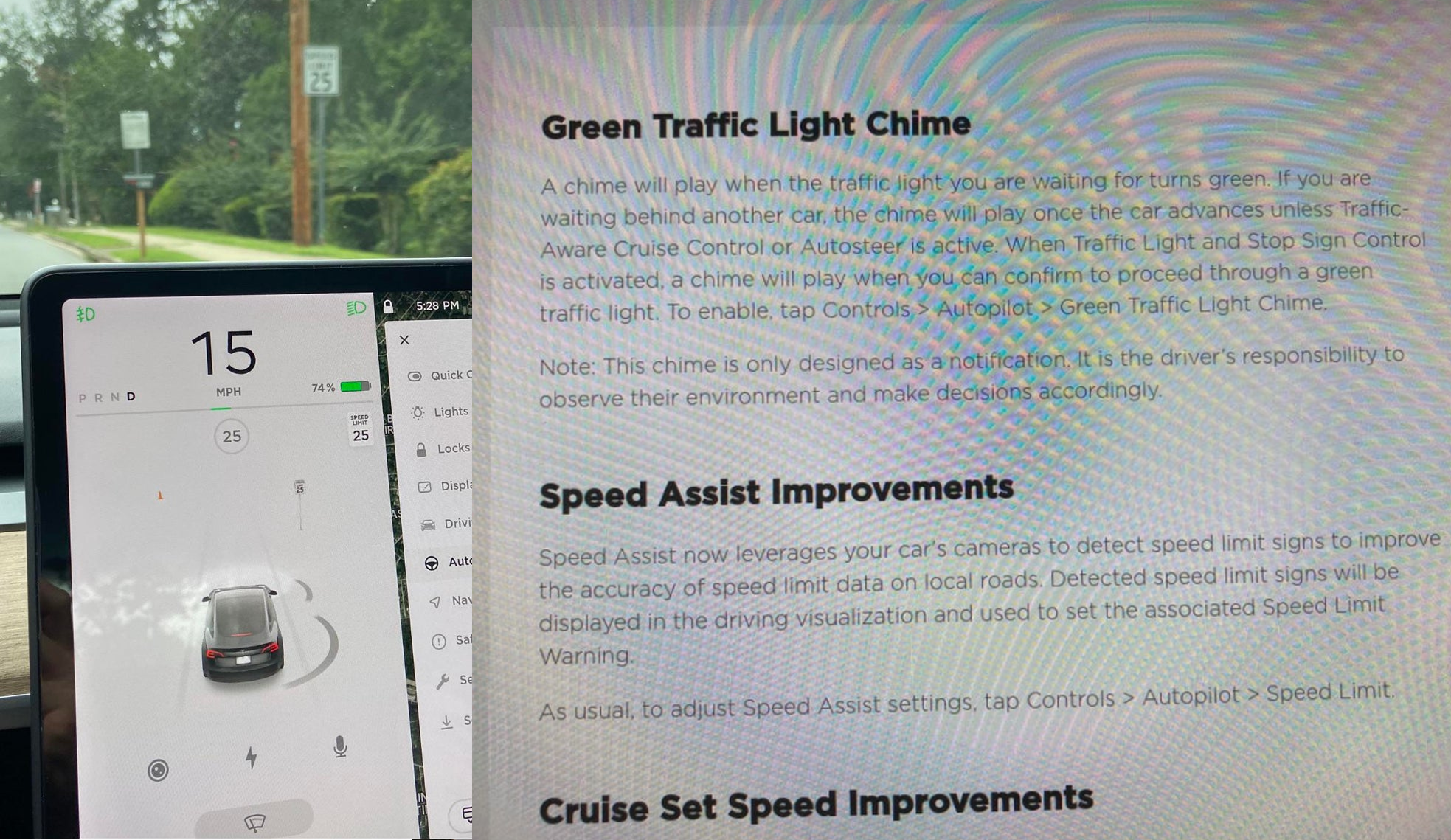
Tesla has started rolling out update 2020.36 this weekend, introducing a couple of notable new features for its vehicles. While there are only a few handful of vehicles that have reportedly received the update so far, 2020.36 makes it evident that the electric car maker has made some strides in its efforts to refine its driver-assist systems for inner-city driving.
Tesla is currently hard at work developing key features for its Full Self-Driving suite, which should allow vehicles to navigate through inner-city streets without driver input. Tesla’s FSD suite is still a work in progress, though the company has released the initial iterations of key features such Traffic Light and Stop Sign Control, which was introduced last April. Similar to the first release of Navigate on Autopilot, however, the capabilities of Traffic Light and Stop Sign Control were pretty basic during their initial rollout.
2020.36 Showing Speed Limit Signs in Visualization from r/teslamotors
With the release of update 2020.36, Tesla has rolled out some improvements that should allow its vehicles to handle traffic lights better. What’s more, the update also includes a particularly useful feature that enables better recognition of speed limit signs, which should make Autopilot’s speed adjustments better during use. Following are the Release Notes for these two new features.
Green Traffic Light Chime
“A chime will play when the traffic light you are waiting for turns green. If you are waiting behind another car, the chime will play once the car advances unless Traffic-Aware Cruise Control or Autosteer is active. When Traffic Light and Stop Sign Control is activated, a chime will play when you can confirm to proceed through a green traffic light. To enable, tap Controls > Autopilot > Green Traffic Light Chime.
“Note: This chime is only designed as a notification. It is the driver’s responsibility to observe their environment and make decisions accordingly.”
Speed Assist Improvements
“Speed Assist now leverages your car’s cameras to detect speed limit signs to improve the accuracy of speed limit data on local roads. Detected speed limit signs will be displayed in the driving visualization and used to set the associated Speed Limit Warning.
“As usual, to adjust Speed Assist settings, tap Controls > Autopilot > Speed Limit.”
Footage of the new green light chime in action via @NASA8500 on Twitter ✈️ from r/teslamotors
Amidst the rollout of 2020.36’s new features, speculations were abounding among Tesla community members that this update may include the first pieces of the company’s highly-anticipated Autopilot rewrite. Inasmuch as the idea is exciting, however, Tesla CEO Elon Musk has stated that this was not the case. While responding to a Tesla owner who asked if the Autopilot rewrite is in “shadow mode” in 2020.36, Musk responded “Not yet.”
Firmware
Tesla rolls out Sirius XM free three-month subscription
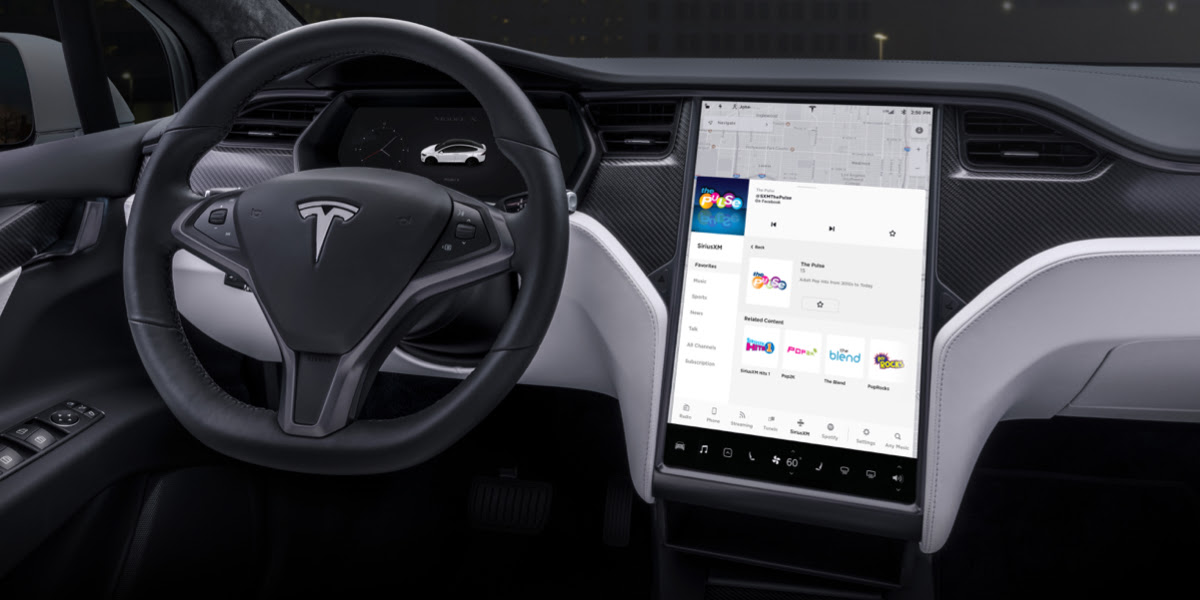
Tesla has rolled out a free three-month trial subscription to Sirius XM, in what appears to be the company’s latest push into making its vehicles’ entertainment systems more feature-rich. The new Sirius XM offer will likely be appreciated by owners of the company’s vehicles, especially considering that the service is among the most popular satellite radios in the country today.
Tesla announced its new offer in an email sent on Monday. An image that accompanied the communication also teased Tesla’s updated and optimized Sirius XM UI for its vehicles. Following is the email’s text.
“Beginning now, enjoy a free, All Access three-month trial subscription to Sirius XM, plus a completely new look and improved functionality. Our latest over-the-air software update includes significant improvements to overall Sirius XM navigation, organization, and search features, including access to more than 150 satellite channels.
“To access simply tap the Sirius XM app from the ‘Music’ section of your in-car center touchscreen—or enjoy your subscription online, on your phone, or at home on connected devices. If you can’t hear SiriusXM channels in your car, select the Sirius XM ‘Subscription’ tab for instruction on how to refresh your audio.”
Tesla has actually been working on Sirius XM improvements for some time now. Back in June, for example, Tesla rolled out its 2020.24.6.4 update, and it included some optimizations to its Model S and Model X’s Sirius XM interface. As noted by noted Tesla owner and hacker @greentheonly, the source code of this update revealed that the Sirius XM optimizations were also intended to be released to other areas such as Canada.
Interestingly enough, Sirius XM is a popular feature that has been exclusive to the Model S and X. Tesla’s most popular vehicle to date, the Model 3, is yet to receive the feature. One could only hope that Sirius XM integration to the Model 3 may eventually be included in the future. Such an update would most definitely be appreciated by the EV community, especially since some Model 3 owners have resorted to using their smartphones or third-party solutions to gain access to the satellite radio service.
The fact that Tesla seems to be pushing Sirius XM rather assertively to its customers seems to suggest that the company may be poised to roll out more entertainment-based apps in the coming months. Apps such as Sirius XM, Spotify, Netflix, and YouTube, may seem quite minor when compared to key functions like Autopilot, after all, but they do help round out the ownership experience of Tesla owners. In a way, Sirius XM does make sense for Tesla’s next-generation of vehicles, especially the Cybertruck and the Semi, both of which would likely be driven in areas that lack LTE connectivity.
-

 News1 week ago
News1 week agoTesla aiming to produce first “legion” of Optimus robots this 2025
-
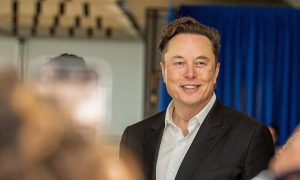
 Elon Musk6 days ago
Elon Musk6 days agoTesla CEO Elon Musk’s simple message to vandals
-
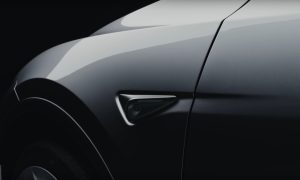
 Elon Musk2 weeks ago
Elon Musk2 weeks agoElon Musk confirms two measures Tesla is taking to fight vandalism
-
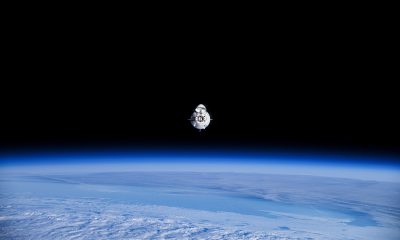
 News2 weeks ago
News2 weeks agoSpaceX rescue mission for stranded ISS astronauts nears end — Here’s when they’ll return home
-
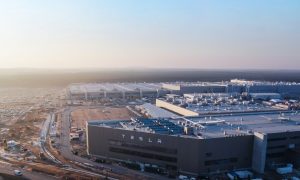
 News1 week ago
News1 week agoTesla’s Giga Berlin director responds to anti-Musk criticism
-
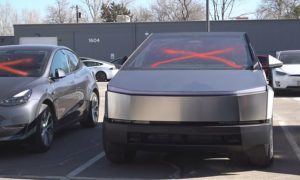
 Elon Musk2 weeks ago
Elon Musk2 weeks agoTesla owners doxxed by controversial anti-DOGE website in clear intimidation tactic
-

 Elon Musk1 week ago
Elon Musk1 week agoElon Musk to file lawsuit against former US Rep Jamaal Bowman: “I’ve had enough”
-
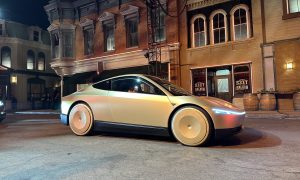
 News2 weeks ago
News2 weeks agoTesla reveals Cybercab battery pack and range efficiency
